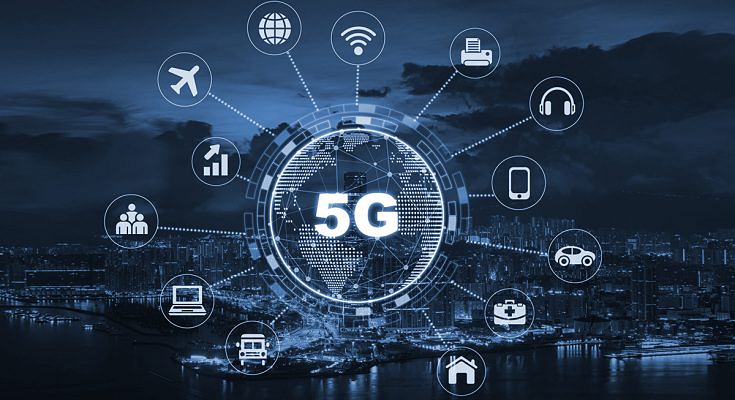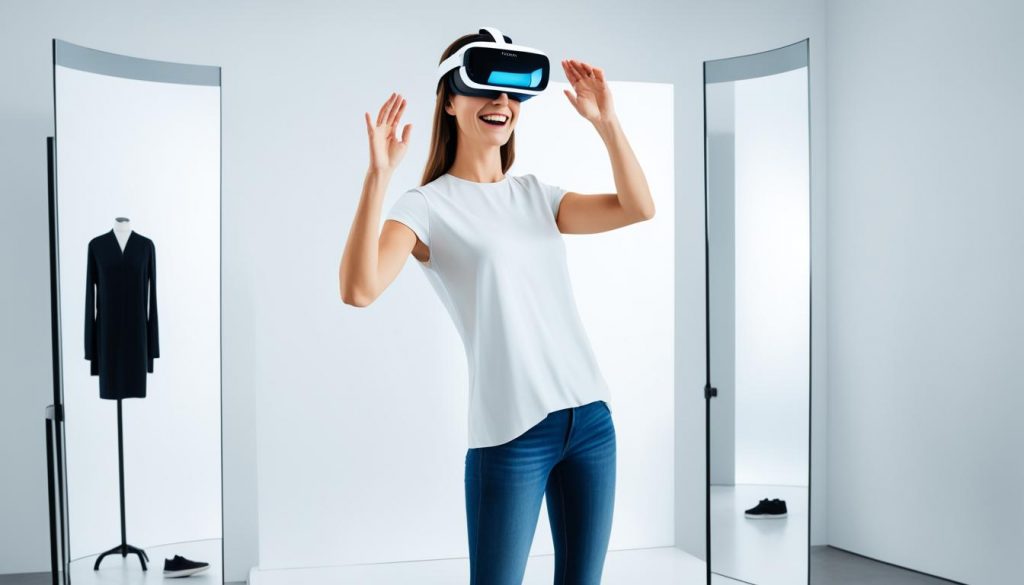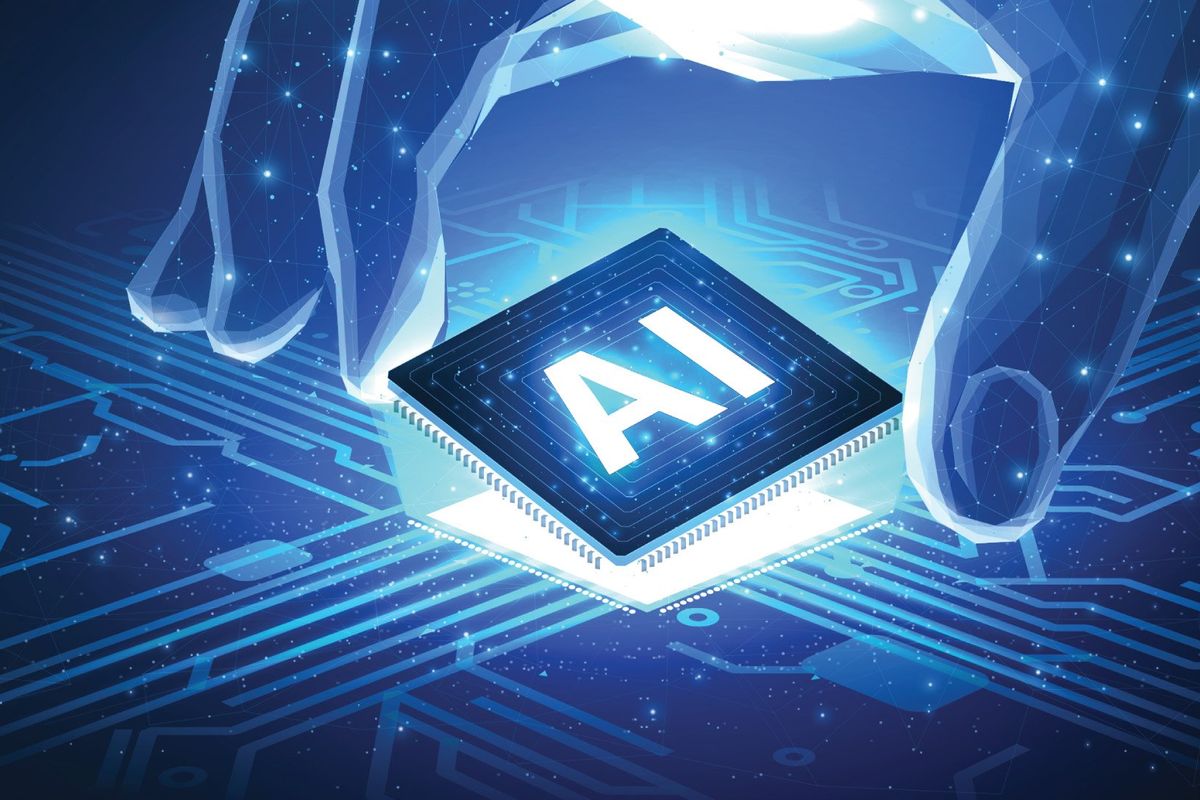Remember when flip phones were the pinnacle of cool? We’d snap them shut after dramatically ending calls, feeling like we were straight out of a sci-fi movie. Fast forward to today, and that same satisfying snap is making a comeback – but with a twist that would have blown our 2005 minds.
The smartphone landscape is shifting faster than ever, and frankly, it’s about time. After years of incremental upgrades that made us question whether we really needed another camera bump, the industry is finally swinging for the fences again. Let’s dive into what’s coming next and why your current phone might start looking pretty dated sooner than you think.
The Great Fold: Why Bendable Screens Are More Than Just a Gimmick
When Samsung first showed off their Galaxy Fold back in 2019, many of us rolled our eyes. Another expensive tech toy that would break the moment you looked at it wrong, right? Well, not quite. Four years later, foldables have quietly become the fastest-growing smartphone segment, and for good reason.
The appeal isn’t just the novelty factor – though let’s be honest, there’s still something magical about unfolding your phone into a mini tablet. It’s about solving real problems we didn’t even realize we had. That cramped feeling when trying to edit a document on your phone? Gone. The awkward dance of switching between apps when multitasking? Ancient history.
Samsung and Google have been leading the charge, but the real game-changer might come from an unexpected direction. Chinese manufacturers like Huawei and Xiaomi are pushing boundaries with tri-fold designs and wrap-around screens that make current foldables look quaint. Meanwhile, Apple’s rumored entry into the foldable space could be the mainstream validation the category needs.
The technology is maturing rapidly too. Early foldables suffered from visible creases, fragile screens, and battery life that made you nostalgic for your old Nokia. Today’s models have largely solved these issues, though they’re still not quite ready for the drop-your-phone-on-concrete lifestyle many of us lead.
AI Gets Personal: Your Phone as Your Digital Twin
Here’s where things get really interesting. We’re not just talking about smarter autocorrect or better photo filters – though those are nice too. The next generation of smartphones will be powered by AI that actually knows you, understands your habits, and anticipates your needs in ways that feel almost supernatural.
Think about it: your phone already knows where you go, what you search for, who you call, and even how fast you type. Now imagine AI that can process all this information locally, without sending your data to some server farm, to become your personal digital assistant that actually gets you.
Google’s recent Pixel launches have given us a taste of this future. Their AI can screen your calls, write emails in your voice, and even help you sound more confident in text messages. But this is just the beginning. We’re heading toward phones that can attend virtual meetings for you, summarize your day in ways that matter to you, and maybe even negotiate better prices when you’re shopping online.
The real breakthrough will come when these AI systems can seamlessly work across all your apps and services. Instead of asking Siri to set a reminder, you’ll have an AI that notices you always forget to call your mom on Sundays and just handles it for you – with your permission, of course.
Beyond the Screen: When Smartphones Become Invisible
This might sound counterintuitive, but the future of smartphones might be about making them disappear. Not literally – though that would be pretty cool – but functionally. We’re moving toward a world where your “phone” is less about the device in your pocket and more about the connected ecosystem around you.
Smart glasses are the obvious next step. Apple’s Vision Pro might be too bulky for everyday wear, but companies like Meta and Snap are working on glasses that look almost normal while overlaying digital information onto the real world. Imagine getting directions without looking down at your phone, or having subtitles appear when someone’s speaking in a language you don’t understand.
Wearable technology is evolving beyond fitness trackers too. Smart rings that can unlock doors, make payments, and monitor your health are becoming more sophisticated. Some researchers are even working on smart contact lenses that could display information directly on your retina.
The real magic happens when all these devices work together seamlessly. Your smart watch tracks your health, your earbuds provide audio, your glasses show visual information, and your phone orchestrates everything in the background. It’s like having a personal tech butler that’s always with you but never gets in your way.
The Challenges We Can’t Ignore
Of course, it’s not all smooth sailing toward this sci-fi future. Privacy concerns are mounting as our devices become more intimate and intelligent. When your phone knows you better than your best friend, who else has access to that information? The recent push for on-device AI processing is partly a response to these concerns, but it’s an ongoing battle.
Battery technology is still the elephant in the room. All these folding screens, AI processors, and connected sensors are energy-hungry. While we’ve seen improvements in battery efficiency, we’re still a long way from the weeklong battery life that would make all these features truly seamless.
Then there’s the question of digital wellness. As our phones become more capable and more integrated into our lives, the line between helpful and overwhelming becomes increasingly blurred. The challenge isn’t just making smarter phones – it’s making phones that make us smarter without making us dependent.
What This Means for You
So what should you do with all this information? Should you wait for the perfect foldable? Hold out for true AI integration? The truth is, the best smartphone is the one that works for your life right now.
That said, if you’re someone who’s always been an early adopter, the next two years are going to be particularly exciting. We’re likely to see major breakthroughs in foldable durability, AI capabilities, and cross-device integration that will make current phones feel as dated as those flip phones we started with.
For everyone else, don’t worry about being left behind. The smartphone industry has always been about gradual improvements punctuated by occasional leaps. The features that seem revolutionary today will be standard tomorrow, and manufacturers are good at making sure you don’t need a computer science degree to use them.
The Bottom Line
The future of smartphones isn’t just about having a better camera or faster processor – though those improvements will keep coming. It’s about fundamentally changing how we interact with technology and, by extension, with the world around us.
We’re moving toward a future where technology becomes more human, more intuitive, and more integrated into our daily lives. Whether that excites or terrifies you probably depends on your relationship with technology today. But one thing’s for sure: the next decade of smartphones is going to be a lot more interesting than the last.
The question isn’t whether these changes are coming – they’re already here in early forms. The question is how quickly we’ll adapt to them and what new problems they’ll create for us to solve. After all, every technological revolution brings both opportunities and challenges.
And who knows? Maybe in 2035, we’ll look back at today’s foldable phones the same way we now view those old flip phones – as a charming stepping stone to something we couldn’t have imagined at the time.

With over 6 years of experience in the blogging world, I specialize in crafting engaging, informative, and SEO-optimized content across various niches including tech, digital trends, and online monetization. I thrive on staying ahead of industry trends, experimenting with new content strategies, and helping others grow their digital presence.



